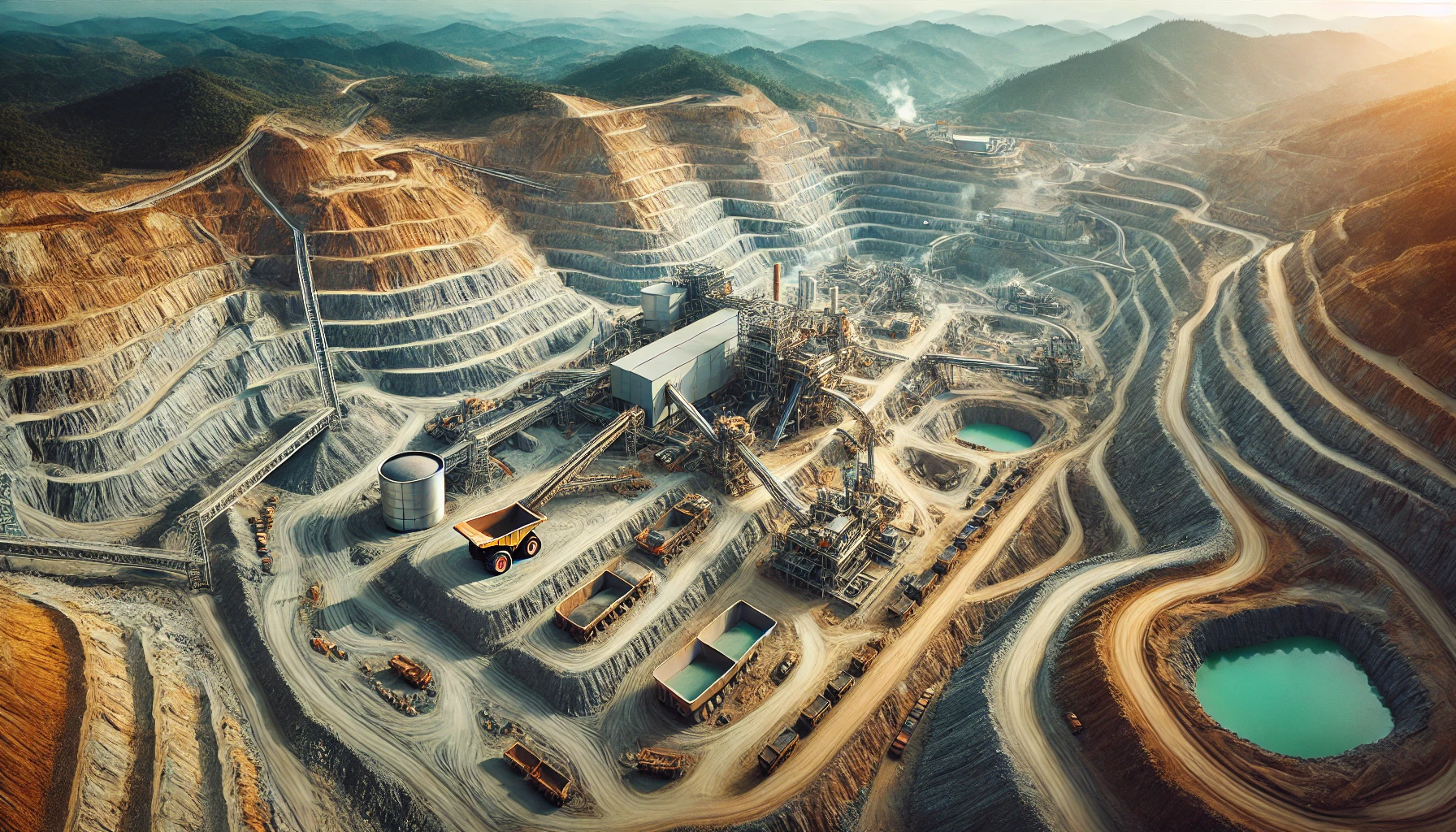
How Gold is Mined: The Lifecycle of a Gold Mine
People in hard hats working underground is what often comes to mind when thinking about how gold is mined. Yet mining the ore is just one stage in a long and complex process.
Long before any gold can be extracted, significant exploration and development needs to take place, both to determine, as accurately as possible, the size of the mineral deposit, as well as how to extract and process the ore efficiently, safely and responsibly. It can typically take between 10 and 20 years after a deposit is discovered before a gold mine is ready to produce material that can be refined into bullion.
Gold Mine Exploration: 1 – 10 years
Gold mine exploration is challenging and complex. It requires significant time, financial resources and expertise in many disciplines – e.g. geography, geology, chemistry and engineering.
The likelihood of a discovery leading to a mine being developed is very low – less than 0.1% of prospected sites will lead to a productive mine. And only 10% of global gold deposits contain sufficient gold to justify further development.
Once basic facts about the local geology and potentially viable deposit are established, the gold ore body can be modelled in detail and its feasibility assessed.
Gold Mine Development: 1 – 5 years
Gold mine development is the next stage of the gold mining process. It involves the planning and construction of the mine and associated infrastructure. Mining companies must obtain appropriate permits and licenses before they can begin construction. This will generally take several years, although this varies greatly depending on location.
Construction may not be confined to the mine itself. In addition to potential processing capacity, mining companies frequently construct local infrastructure and amenities to support both logistical and operational needs, as well as employee and community welfare. This development provides much long-term support for local communities, and one of the key initial ways gold supports wider socio-economic development.
Gold Mining Operation: 10 – 30 years
The gold mining operation stage represents the productive life of a gold mine, during which ore is extracted and processed into gold. Processing gold involves transforming rock and ore into a metallic alloy of substantial purity – known as doré – typically containing between 60-90% gold.
During its life, a number of factors – such as the price of gold or input costs – will affect which areas of an ore body are deemed profitable (economic) to mine. In times of higher prices, mining low-grade ore will become profitable as the higher price offsets the increased cost of extracting and milling greater volumes. When the price is lower or costs rise, it might only prove profitable to extract and process higher-grade ores. Mine plans are regularly re-assessed as market conditions change, new technical information comes to light, and process and technological enhancements are considered.
Increasingly, technological advancements are making the gold mining process smarter, cleaner and more efficient. Mines are now designed with these technologies in mind and electrification, digitisation and automation are becoming increasingly common elements reshaping gold mine operations and processes.
Gold Mine Closure and Decommissioning: 1 – 5 years
After a mine has ceased operations, possibly because the ore body is exhausted or the remaining deposit becomes unprofitable (uneconomic) to mine, work then focuses on its decommissioning, dismantling and rehabilitation of the land in which it was situated.
Gold mine closure is a complex undertaking. A mining company will also be required to monitor the mine site long after the mine has been closed.
Gold Mine Reclamation and Post-Closure
Gold mining companies assume responsibility for the management of a site long after a mine has closed and been dismantled – typically for a period of five to ten years or more. Over this time, the land will be rehabilitated – cleansed and revegetated – and the mining company will work to ensure the mine’s land reclamation and return to long-term environmental stability are successful.
Source:
